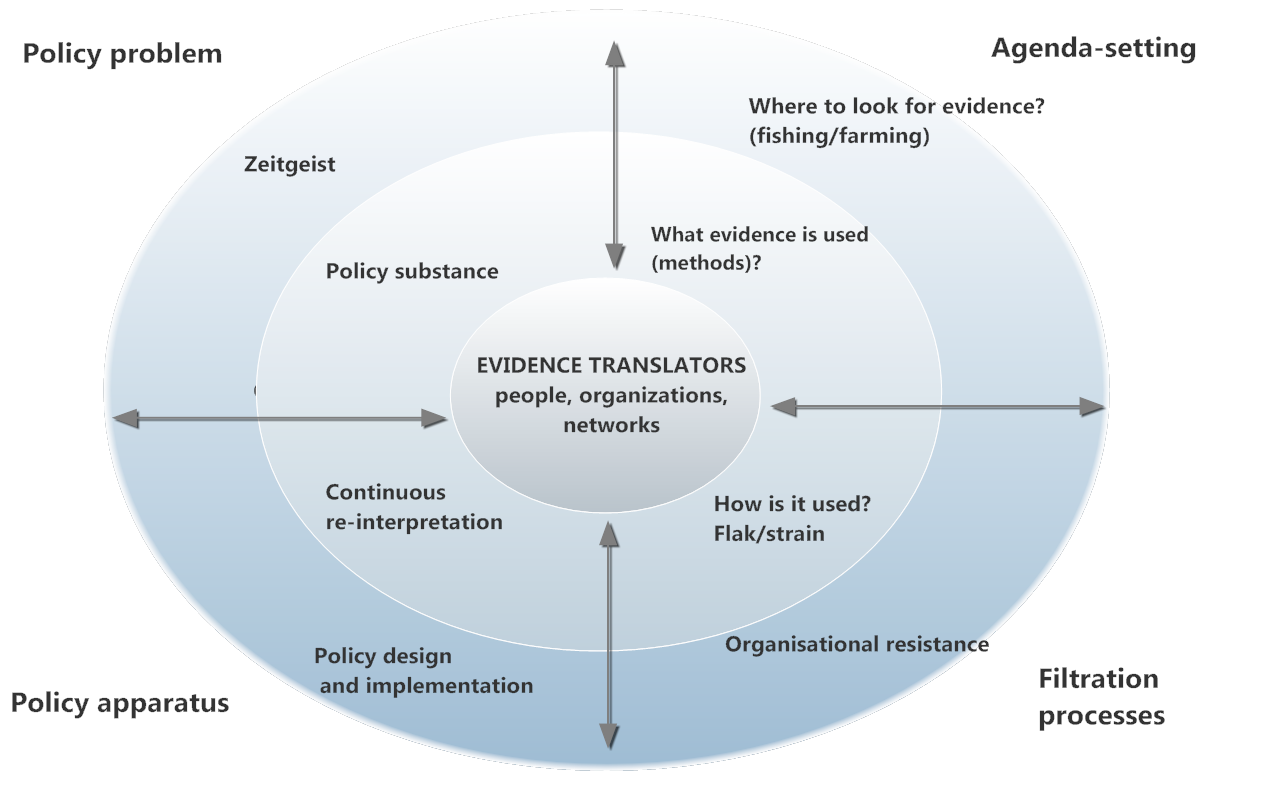Quentin Hardy in the New York Times: “Big City is watching you.
It will do it with camera-equipped drones that inspect municipal powerlines and robotic cars that know where people go. Sensor-laden streetlights will change brightness based on danger levels. Technologists and urban planners are working on a major transformation of urban landscapes over the next few decades.
Much of it involves the close monitoring of things and people, thanks to digital technology. To the extent that this makes people’s lives easier, the planners say, they will probably like it. But troubling and knotty questions of privacy and control remain.
A White House report published in February identified advances in transportation, energy and manufacturing, among other developments, that will bring on what it termed “a new era of change.”
Much of the change will also come from the private sector, which is moving faster to reach city dwellers, and is more skilled in collecting and responding to data. That is leading cities everywhere to work more closely than ever with private companies, which may have different priorities than the government.
One of the biggest changes that will hit a digitally aware city, it is widely agreed, is the seemingly prosaic issue of parking. Space given to parking is expected to shrink by half or more, as self-driving cars and drone deliveries lead an overall shift in connected urban transport. That will change or eliminate acres of urban space occupied by raised and underground parking structures.
Shared vehicles are not parked as much, and with more automation, they will know where parking spaces are available, eliminating the need to drive in search of a space.
“Office complexes won’t need parking lots with twice the footprint of their buildings,” said Sebastian Thrun, who led Google’s self-driving car project in its early days and now runs Udacity, an online learning company. “Whenwe started on self-driving cars, we talked all the time about cutting the number of cars in a city by a factor of three,” or a two-thirds reduction.
In addition, police, fire, and even library services will seek greater responsiveness by tracking their own assets, and partly by looking at things like social media. Later, technologies like three-dimensional printing, new materials and robotic construction and demolition will be able to reshape skylines in a matter of weeks.
At least that is the plan. So much change afoot creates confusion….
The new techno-optimism is focused on big data and artificial intelligence.“Futurists used to think everyone would have their own plane,” said ErickGuerra, a professor of city and regional planning at the University ofPennsylvania. “We never have a good understanding of how things will actually turn out.”
He recently surveyed the 25 largest metropolitan planning organizations in the country and found that almost none have solid plans for modernizing their infrastructure. That may be the right way to approach the challenges of cities full of robots, but so far most clues are coming from companies that also sell the technology.
“There’s a great deal of uncertainty, and a competition to show they’re low on regulation,” Mr. Guerra said. “There is too much potential money for new technology to be regulated out.”
The big tech companies say they are not interested in imposing the sweeping “smart city” projects they used to push, in part because things are changing too quickly. But they still want to build big, and they view digital surveillance as an essential component…(More)”

